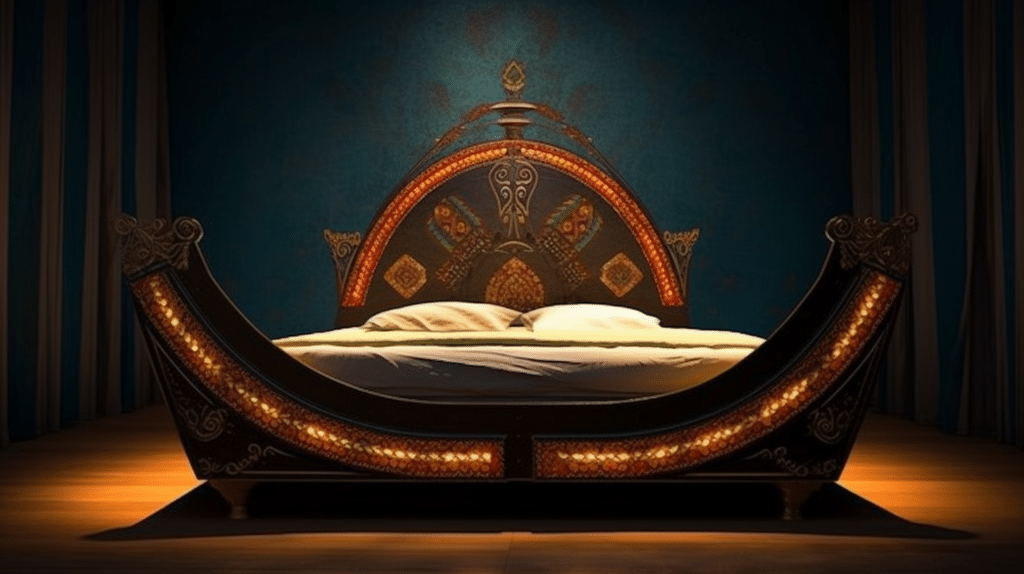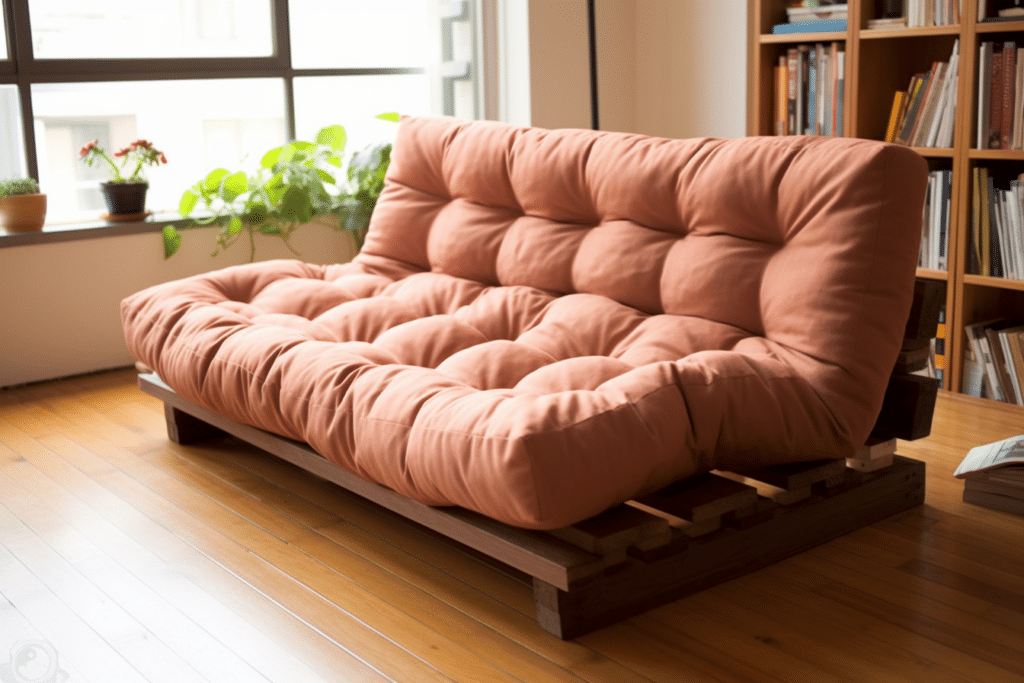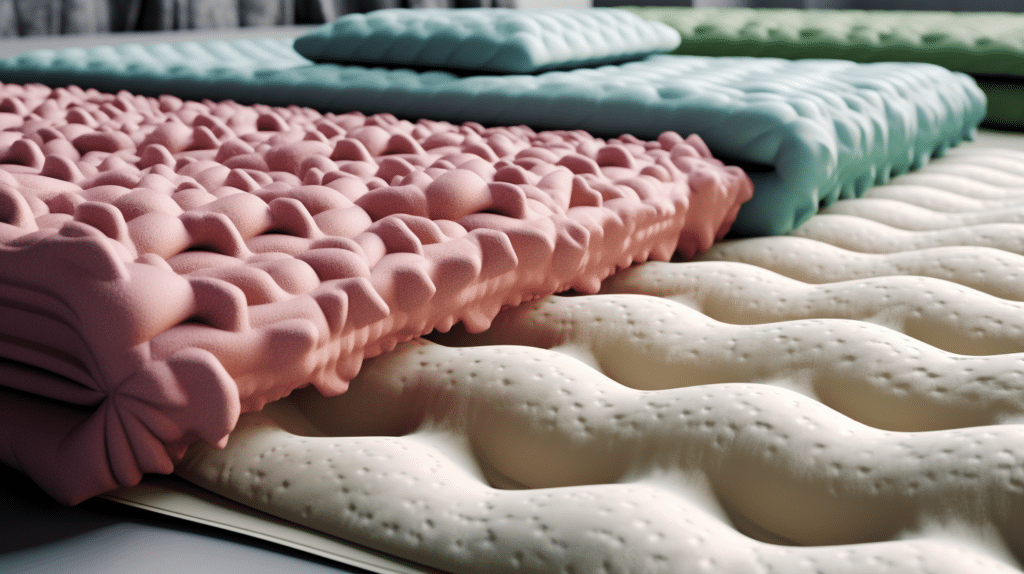Sleep is a fundamental aspect of human existence, and throughout history, the quest for a comfortable resting place has led to the evolution of beds as we know them today. The history of beds is a captivating journey that spans thousands of years and reflects the ingenuity and creativity of various civilizations. In this article, we will delve into the origins of beds and explore their transformation into the diverse array of sleep solutions we have in the modern era.
Early Sleeping Arrangements
Long before the advent of formal beds, early humans sought shelter and comfort by utilizing natural elements found in their environment. Leaves, animal hides, and soft foliage were fashioned into crude sleeping surfaces, offering basic comfort and protection from the elements. This early form of sleeping arrangements marked the dawn of human innovation and our desire for better sleeping solutions.
The Ancient Beds: Egypt and Beyond
The ancient Egyptians were among the first to elevate sleeping to an art form. Around 3200 BC, they crafted raised beds made from wood and adorned them with ornate carvings and gold embellishments. These beds were reserved for the elite and symbolized status and wealth. Egyptians believed that the way they prepared for sleep influenced their afterlife, making their beds a vital aspect of their culture.
Meanwhile, other ancient civilizations were also making advancements in sleep comfort. Mesopotamians utilized reeds and woven fibers to create simple sleeping mats, while Greeks and Romans constructed raised beds with softer padding, such as feathers and straw.
The Evolution of Beds in Europe

As the Roman Empire expanded its influence, so did the practice of using beds. Medieval Europe saw the development of wooden bed frames, often adorned with intricate carvings. These beds were often large and heavy, providing a sense of stability and security.
During the Renaissance period, beds became even more elaborate, with the introduction of canopy beds. These beds featured curtains and drapes suspended from an overhead frame, providing privacy and warmth. Canopy beds were often ornately decorated, showcasing the wealth and taste of their owners.
Modern Innovations in Bed Design
The 19th century brought about significant changes in bed design, thanks to the Industrial Revolution. Mass production made beds more accessible to a broader range of people, improving their overall comfort and affordability. Wooden bed frames evolved into metal frames, and mattresses were stuffed with materials like cotton, wool, and horsehair for added comfort.
In the 20th century, the introduction of adjustable beds brought a new level of comfort and convenience. These beds allowed users to customize the angle and height of their sleeping surface, catering to individual preferences and medical needs. Furthermore, the invention of electric beds added a touch of luxury, enabling effortless adjustments with just the push of a button.
The Influence of Mattresses
The invention of mattresses played a significant role in enhancing sleep comfort. The use of various materials, such as cotton, wool, and later, foam and memory foam, transformed the way we experience sleep. Mattresses provided support, comfort, and spinal alignment, significantly improving sleep quality and overall well-being.
The Invention of the Waterbed
In the mid-20th century, the waterbed emerged as a revolutionary sleep innovation. Invented by Charles Hall in 1968, the waterbed gained popularity for its ability to contour to the body and alleviate pressure points, offering a more restful and comfortable sleep experience. Initially developed as a medical aid to reduce bedsores, the waterbed soon became a mainstream choice for those seeking a unique and luxurious sleep surface.
Futons and Sofa Beds: A Japanese Contribution

Japan has contributed significantly to the world of sleep comfort with the invention of futons. These foldable mattresses were easy to store and provided a simple yet comfortable sleeping solution. Additionally, the Japanese introduced sofa beds, which served as space-saving alternatives for small living areas, making them a popular choice for modern urban dwellings.
The Murphy Bed: Space-Saving Solution
In the early 20th century, William L. Murphy invented the Murphy bed, a foldable bed that could be stored vertically against a wall when not in use. This ingenious design catered to the growing demand for space-saving furniture, making it ideal for studio apartments and small living spaces. The Murphy bed allowed people to reclaim precious floor space during the day while providing a comfortable sleeping solution at night.
The Bed of the Future: Smart Beds
As technology advanced, so did the beds. Smart beds equipped with sensors and AI capabilities are now transforming the way we sleep. These beds can adjust their firmness based on individual needs, monitor sleep patterns, and even provide features like built-in massage options and gentle wake-up alarms. Smart beds are at the forefront of sleep technology, promising to improve sleep quality and overall health by tailoring the sleeping experience to each individual’s preferences.
Conclusion
The evolution of beds from simple sleeping mats to innovative smart beds is a testament to human ingenuity and our desire for restful and comfortable sleep. Throughout history, beds have evolved to reflect cultural, societal, and technological advancements, shaping the way we rest and rejuvenate. As we continue to push the boundaries of sleep comfort, one thing remains clear: the quest for the perfect bed is an ongoing journey that embraces both tradition and innovation.


